#racket-tailed treepie
Explore tagged Tumblr posts
Text
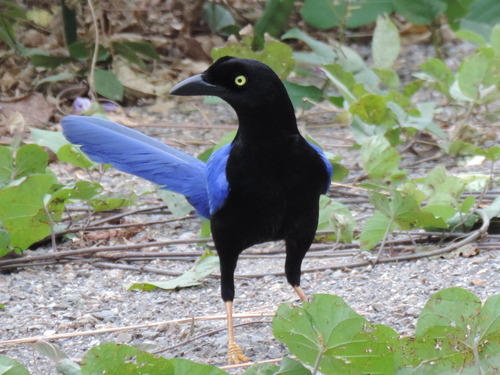
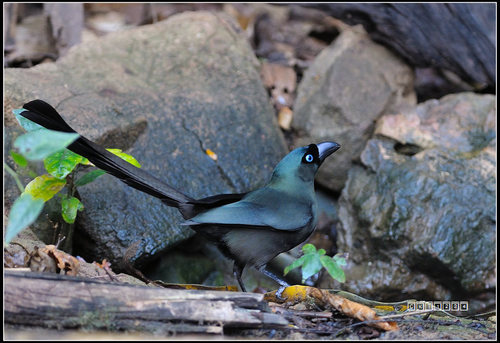
0 notes
Text

Racket-tailed Treepie (Crypsirina temia), family Corvidae, order Passeriformes, northern Thailand
photograph by Rajan Tamhankar
482 notes
·
View notes
Text
check out the racket-tailed treepie
5 notes
·
View notes
Text
Underrated Corvids
Hello tis I, the bird nerd, here to yap about birds.
Everyone knows corvids: we’ve got crows, ravens, magpies, jays, rooks, and jackdaws. I wanna share some underappreciated corvids and some corvid facts!
🪶
Treepies

Treepies (Crypsirininae) are a subfamily of the Corvidae family who can be found within parts of Southern Asia. A total of twelve species of treepie are known: the collared treepie, grey treepies, rufous treepies, white bellied treepies, racket tailed treepies, bornean treepies, andaman treepies, hooded treepies, sumatran treepie, ratchet (not racket) tailed treepies, malayan and bornean black magpies, (are actually treepies!). Treepies share many similarities with magpies, such as general shape and intelligence.
Choughs

Choughs (Pyrrhocorax) are another lesser known subgroup of corvids. Some species of chough include the red-billed chough, and alpine choughs. White winged choughs do not belong to ghe Pyrrhocorax group, rather another, non-corvid group known as Corcoracidae.
Hooded Crows

I really just wanted to include my favorite kind of crow. The hooded crow can be found throughout Europe and Asia. They share similar coloration with jackdaws, but have a larger body and longer bill. Hooded crows are known by many nicknames: hoodies, scald crow, or grey crow.
Magpie-Jays

Magpie-jays (Calocitta) are a specific kind of jay that can be found in southern parts of North America, (usually Mexico). The two known species of magpie-jays are black-throated magpie-jays and white-throated magpie-jays
Lidth’s/Amami Jays

Native to only Japan, the lidth’s jay is a member of the genus Garrulus, old world jays, which includes two other jays: Eurasian jays and black-headed jays.
Thick-billed Ravens

This guys look so silly, so I had to include them. Thick-billed ravens share similarities with the white necked raven, but can be distinguished by the placement of their white marking, as it it found on the back of their head rather than neck. They are found within the Horn of Africa, Eritrea, Somalia, and Ethiopia.
I may be sharing more of these bird infodumps again this was fun lol.
#birds#corvids#crows#ravens#treepies#choughs#jays#magpies#wildlife#bird facts#rambling#nature#infodump
23 notes
·
View notes
Text
Reconnect with Nature at the Finest Birdwatching Resort Near Thattekad
Kerala, known as God’s Own Country, is a paradise for nature enthusiasts, with its tranquil backwaters, misty hills, and lush greenery. Among the many natural gems in Kerala, Thattekad Bird Sanctuary, also called Salim Ali Bird Sanctuary, stands out as a birdwatcher’s paradise. Located near Kochi, it is one of the richest bird habitats in India. If you’re planning a nature retreat, finding a birdwatching resort near Thattekad can transform your holiday into an unforgettable wildlife experience.
Why Choose Thattekad for Birdwatching?
Thattekad Bird Sanctuary, spread across 25 square kilometers, is home to over 300 species of birds. From exotic migratory birds to rare native species, it’s a must-visit destination for ornithologists and nature lovers. Some of the prized sightings include:
Malabar Grey Hornbill
Sri Lanka Frogmouth
Indian Pitta
White-bellied Treepie
Racket-tailed Drongo
Ceylon Bay Owl
Whether you’re an avid birder with a professional lens or someone who simply loves the soothing sounds of birds in the morning, Thattekad promises a serene and rewarding experience.
The Need for a Birdwatching-Friendly Resort
When visiting Thattekad, choosing the right accommodation enhances your birdwatching experience. Resorts located close to the sanctuary or along riversides offer unmatched opportunities to spot birds right from your room’s balcony or the garden. Look for resorts surrounded by thick vegetation, water bodies, and minimal urban noise for the best chance to enjoy nature uninterrupted.
A good birdwatching resort near Thattekad should ideally offer:
Guided birdwatching tours or nature walks
Proximity to the sanctuary and riverfront
Cozy stay amidst natural surroundings
Comfortable amenities blended with eco-friendly charm
Access to local birding guides or experts
Activities to Enjoy Alongside Birdwatching
While birdwatching might be your primary goal, Thattekad and its surroundings offer plenty of additional experiences:
Boating through backwaters and rivers
Nature photography tours
Fishing trips
Village walks and spice plantation visits
Campfires and riverside dining under the stars
Combining these activities with birdwatching makes your holiday balanced, relaxing, and immersive.
Best Time to Visit Thattekad for Birdwatching
The ideal birdwatching season in Thattekad is from October to March, when migratory birds arrive and the weather remains pleasant. Early mornings and late afternoons are considered the best times for bird sightings.
Where to Stay: Experience the Charm of Windermere Riverhouse
If you’re searching for a peaceful and picturesque birdwatching resort near Thattekad, look no further than Windermere Riverhouse. Tucked away by the riverside and surrounded by thick greenery, this backwater resort in Kerala offers a magical blend of nature, luxury, and local hospitality.
A popular choice among nature lovers and couples, Windermere Riverhouse isn’t just about comfortable rooms — it’s about experiencing riverside serenity, birdwatching at dawn, and enjoying the gentle sounds of nature all around you. Here, rare bird species frequently visit the property’s gardens and riverside edges, offering memorable sightings without even leaving the resort.
Perfect for couples seeking privacy and travelers in search of natural retreats, this riverside boutique resort for couples is also conveniently located near Kochi. It’s ideal for weekend getaways, honeymoon trips, and family vacations alike.
Experience the charm of Windermere Riverhouse, a serene backwater resort in Kerala surrounded by lush greenery. A popular birdwatching resort near Thattekad, it’s perfect for spotting rare bird species and enjoying riverside serenity. Ideal for couples, this riverside boutique resort for couples offers a peaceful nature stay near Thattekad Kochi, making it one of the most sought-after riverside resorts in Kerala.
#riverside resorts in kerala#backwater resort in kerala#nature resorts near kochi#river view resort in kerala#nature stay near thattekad kochi
0 notes
Text



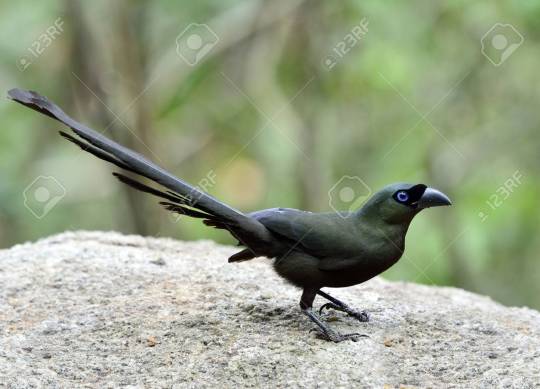
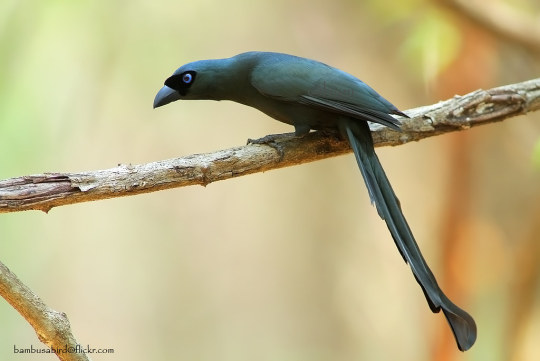

4) Crypsirina temia; Płaskogonka czarna, sroka wachlarzowata, racket-tailed treepie - gatunek średniego, osiadłego ptaka z rodziny krukowatych (Corvidae), jeden z najmniejszych przedstawicieli tej rodziny. Zamieszkuje południowo-wschodnią Azję. Jako pierwszy opisał go francuski zoolog François Marie Daudin w 1800 roku. Nie wyróżnia się podgatunków.
Spotykane są na terenach nizinnych oraz leśnych (również w lasach wtórnych), na wysokościach do 1000 m, w wyższych partiach podszytu w pobliżu polan, na brzegach lasów porośniętych krzewami, niedaleko wsi lub plantacji. Jako wybierane przez nie okolice i roślinność podaje się również namorzyny. Zamieszkuje Kambodżę, skrajnie południowe Chiny (południowy Junnan), Laos, północną Malezję, Tajlandię poza częścią centralną i skrajnym południem, Wietnam, południową i wschodnią Mjanmę oraz indonezyjskie wyspy Bali i Jawa. Szacuje się, że wielkość całkowitego obszaru występowania płaskogonki czarnej wynosi ok. 4 010 000 km².
IUCN uznaje płaskogonkę czarną za gatunek najmniejszej troski (LC, Least Concern) nieprzerwanie od 1988 roku. Liczebność populacji nie została oszacowana, ale ptak ten opisywany jest jako stosunkowo pospolity. Trend liczebności populacji oceniany jest jako stabilny.
0 notes
Photo

Day 142, the racket-tailed treepie! Kind of a weird, green-but-yet-not color in certain lighting. I like them though.
Send in requests for more! project tag | commissions | store
30 notes
·
View notes
Note
🔥
the racket-tailed treepie is the scariest fucking bird i’ve ever seen .
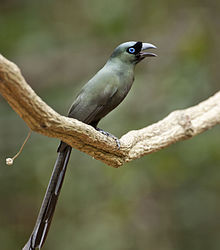
[Image ID: a picture of a racket-tailed treepie perched on a curved brach. The treepie looks a sickly green color with black accents on its beak and tail. It has a long tail and wide blue eyes with a small pupil. /end ID]
I shit you not what kind of bird looks like this /lh
5 notes
·
View notes
Text
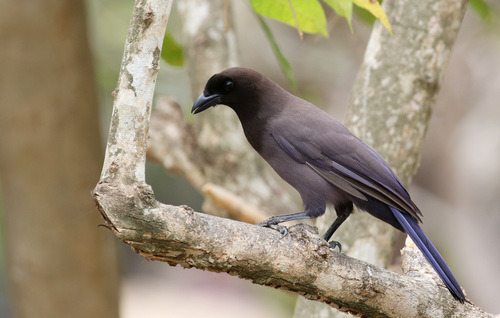
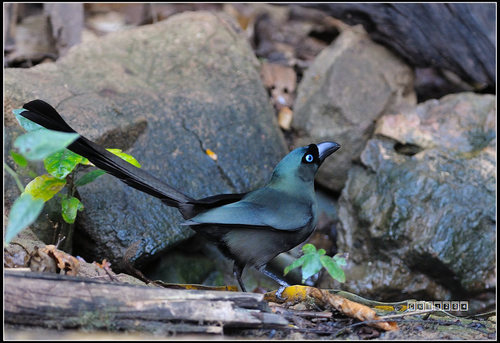
1 note
·
View note
Text

Racket-tailed Treepie (Crypsirina temia), family Corvidae, order Passeriformes, Kaeng Krachan NP, Thailand
photograph by Loel Lamela
1K notes
·
View notes
Text
because Phil’s chat is canonically crows i’ve decided to dig through birds to find corvid-forms for all the SBI & co.
So far i have:
Wilbur = Brown jay
Tommy = Black-throated magpie-jay or Lidth’s jay
Tubbo = Spotted nutcracker or racket-tailed treepie
Ranboo = Yellow-billed magpie
Techno = Undecided but current thoughts are Sri Lanka blue magpie, piapiac, curl-crested jay, or tufted jay
49 notes
·
View notes
Photo
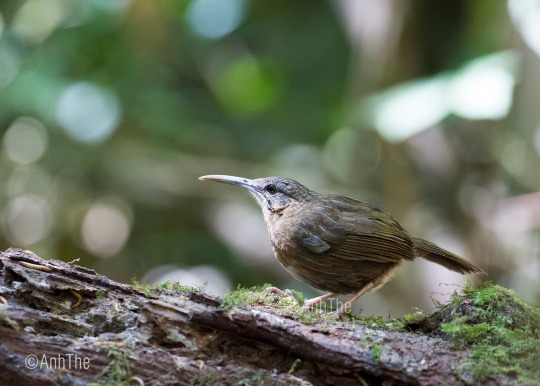
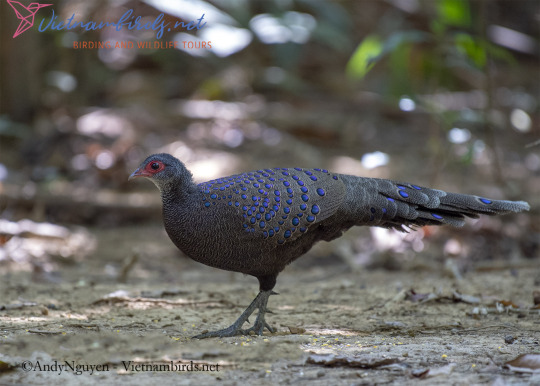
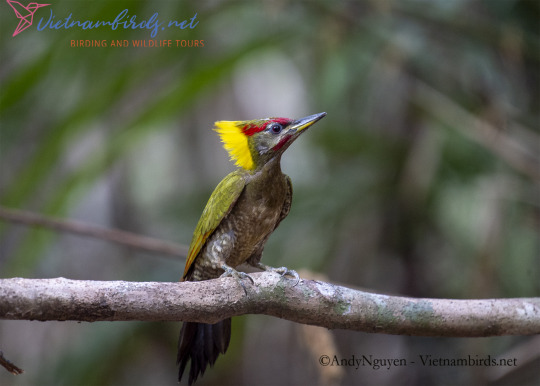
Best Bird Watching Trail in Vietnam
Birding tours to Vietnam – Day 1 : Ho Chi Minh City – Cat tien National Park
Guide will meet you at the hotel at 6:00 am (you will confirm exactly hotel name) then go directly to Cat Tien National Park, arrive to Cat Tien after 3.5 hour on car, after check-in time, we will go to find some birds along the main road in side Cat tien NP.
With the main roads 3km, you can see some kind of bird Cat Tien: Drongos, leafbird, tailorbird, warbler, Grey-faced Tit-babbler, Pin-striped Tit-babbler, Sunbirds, Banded kingfisher, Square-taied Drongo-cuckoo, Thick-billed Green-pigeon, Orange-breasted trogon, Woodpeckers,…
Accommodation: The Guess house inside of National park with the best room (Double room with air-condition, hot shower, free WIFI), as pictures attach below.
Meals: Breakfast on the way to Cat Tien, you will surprise about “Pho” (Vietnamese noodle with beef or chicken ), Lunch and dinner at the Tre vang restaurant inside of National park. That restaurant have menu open with Europian style or Asia style.
Day 2: Cat Tien National park – First Ideal Location for Birding Tours to Vietnam
We start at 6:00 to the restaurant for breakfast and then go to birding for highlight targets in Cat Tien : Bar-bellied Pitta, Blue-rumped Pitta, Germain’s peacock pheasant, Siamese fireback, Green-legged Partridge… in the bird-hide tent. More ever you can see some kinds of bulbul group, babbler group, warbler group, woodpeckers group …
After Dinner , we go to find some Owls : Asian barred Owlet, Brown hawk owl, Collared Scops Owl, Large-tailed nighjar.
Accommodation: At the same room
Meals: B/L/D : at the restaurant same with the first day.
Day 3: Cat Tien to Da lat City
We will leave at 6:00 am to be the first to arrive in the grasslands. This short tour will give you the experience of seeing and photographing Green peafowl, Red junglefowl, Imperial pigeon and many beautiful birds that appear early in the morning in the grasslands.
Moreover, there are many species of herbivores that also appear: sambar deer, red muntjak, wild boar, … if lucky, you can meet Gaurs.
After lunch , check out at 1:00 and moving to Da lat City, we arrive after 3 hours transport (after 17:00pm).
Accommodation in Dream Hotel – Phan Dinh Phung Street, Dalat City.
Dream Hotel is a mid-range hotel (2 stars) in Dalat. However, this is a hotel with more than 20 years serving birds, very experienced senior understand and serve the discerning birder. They have a breakfast from 5:00 am serving a variety of European and Asian styles.
There are many other accommodation options, in the more luxurious and central hotels, but serving breakfast at 5:00 am is not possible, which is very inconvenient for birders.
Day 4: Da Lat City – Bidoup Nuiba National Park
Breakfast at 5:30 and then we go directly to Bidoup Nuiba National park. Full-day for bird watching in Giang Ly and Hon Giao area. In this place, we have 3 bird-hide for us with some high-light target : Collared laughingthrush (endemic), Black-hooded laughingthrush, White-cheeked Laughingthrush, Grey-bellied Tesia, White-browed Scimitar Babbler, Rufous-throated Partridge, Black-crowned Fulvetta (endemic), Pygmy Cupwing, Large Niltava, White-tailed Robin, Snowy-browed Flycatcher, Orange-headed Thrush…
In addition, We will follow the streams along the stream, there will be many moments when there will be many birds living along the stream to take pictures: Spotted Forktail, Slaty-backed Forktail,Plumbeus Water Redstar, Blyth’s Kingfisher, Common Kingfisher.
We will move back to the hotel in Dalat city at 17:30pm.
Accommodation: at the Dream Hotel.
Meals: B at the Dream hotel restaurant
L at the restaurant near birding hide
D: Restaurant in Da lat City.
Day 5: Bidoup Nui ba National Park – Second Ideal Location for Birding Tours to Vietnam
We continute birding in Bidoup Nui Ba national park in another place with some special birds : Rusty-naped Pitta, Orange-breasted laughingthrush,
Vietnamese Greenfinch, Red-crossbill, Vietnamese Cutia, Yellow-cheeked Tit, Green-backed Tit, Chestnut vented Nuthatch…
Nigh time for: Going to Da Lat night market.
Day 6: Dalat City – Di Linh Plateau
Early morning to go to Hoa Son Dien Trang for endemic : Grey-crowned Crocias, and more rare birds : Rufous-backed Sibia, Black-headed Sibia, Bay Woodpecker, Speckled Piculet…
Then enjoy lunch time in Datanla Water Fall for: Vietnamese Cutia, Annam Barbets, Mrs Gould’s Sunbird, Langbian Sunbirds…
We will leave Da Lat at 17:00 and go to Di Linh, to Di Linh at 18:30 and stay at Thuy Duong hotel.
Day 7 : Di Linh Plateau: Deo Nui San – Third Ideal Location for Birding Tours to Vietnam
Full-day birding in Deo Nui San hot-spot, with 2 bird-hide, we can enjoy with more than 25 birds species in nice picture :
Target birds: Indochinese Green-magpie, Black-headed Parrotbill, Silver-breasted Broadbill, Bar-backed Partridge, Large Scimitar Babbler, Red-billed Scimitar Babbler.
Other birds: White-throated Rock-thrush, Siberian Thrush, Blue-throated Blue-flycatcher, Orange-headed Thrush, Buff-breasted Babbler, Grey-throated Babbler, Puff-throated Bulbul, Ashy Bulbul, White-bellied Erpornis,…
Day 8: Di Linh – Ho Chi Minh City – Flight to Pleiku City
The morning bird photography at Nui San Pass. Another bird-hide for : Blue Pitta, bar-backed patridge, Streak-wren Babbler…
We will leave Di Linh to return to Ho Chi Minh City after lunch. We will fly straight from Ho Chi Minh City to Pleiku City in the evening flight, to Pleiku City and travel by car at night in Kontum City, 40km from the airport.
Day 9: Kontum province – Mang Den town – Forth Ideal Location for Birding Tours to Vietnam
Departing at 6:00 from Kontum to Mang Den town, With 60km road we will take an hour by car. The whole day will be looking for birds in Mang Mang, the goal is : Chestnut-eared Laugingthrush.
More : Sultant Tits, Racket-tailed Treepie, Long-tailed Shrike, Crested Serpent Eagle, Stripe-breasted Woodpecker, Grey-cheeked Warbler…
Day 10: Mang Den town to Ngoc Linh Nature Reserve
Continue a full morning for bird watching in Mang Den. We will leave Mang Den after to move to Tumorong town, Arrive at hotel at 19:00. Tumorong is a very remote town in the northern highlands of Vietnam, bordering Laos and Cambodia.
Day 11: Ngoc Linh Nature Reserve – Fifth Ideal Location for Birding Tours to Vietnam
We will birding and bird photography at Ngoc Linh Nature Reserve, After more than 1 hour moving from the hotel to the core of the Nature Reserve, where there are bird-hide we have set. You will find it interesting because the birds are so beautiful, many species come to bird-hide so you can take photos of the day. Some goals such as: Red-tailed Laughingthrush, Golden-winged Laughingthrush (endemic), Coral-billed Scimitar-babbler, Rufous-winged Fulvetta, Rusty-capped Fulvetta, Grey-bellied Tesia, …
Day 12: Ngoc Linh NR to Da Nang City
Continue a full morning watching and taking photos of birds at Ngoc Linh Nature Reserve, with the goals not to be missed such as: Black-crowned Barwing, Black-headed Sibia, Golden-breasted Fulvetta, Indochinese Fulvetta, Green-tailed Sunbirds …
We will leave Ngoc Linh Nature Reserve after lunch time, and travel by car to Da Nang city, the 230km square will take 5 hours to move. Overnight at Brilliant Majectic Hotel Danang.
Day 13: Da Nang city – Bach Ma National Park – Sixth Ideal Location for Birding Tours to Vietnam
We start early at 5:30am and arrive to Bach Ma NP at 7:30am for birding allday in Bach Ma, that place have no bird hide so we only walk along the main road and some trails in the park. We rest in Phong Lan villa on the top of Bach Ma NP. After dinner, we will herping and spotlighting mammals to 23:00pm., Special we will discover some “Vietcong tunnel” on the top of Bach Ma in nighttime, have Bats insite !
Accommodation : B at Da Nang city; L, D at Phong Lan restaurant.
Day 14: Bach Ma National Park to Khe Sanh town
Birding all day and herping in nocturnal ,
Accommodation : B, L, D at Phong Lan restaurant.
Room : Phong Lan Villa on the top of Bach Ma
Day 15: Birding in Sa Mu Pass and go to PhongNha KeBang National Park
After birding and breakfast on the top of Bach Ma, we check-out at 11:00 am and go to Phong Nha Ke Bang National park , On the way, we have 1 day in Sa Mu Pass, the new destination in the Middle of Viet Nam, for some rare birds : Collared Babbler, Rufous cheeked Laughingthrush , and on the trails we can fine some diurnal snakes…
We arrive Khe Sanh town at 16:00 pm and check in
Day 16: PhongNha KeBang National Park
In the afternoon we will go to Phong Nha Ke Bang National park ,
We will checkin the Park’s hotel at 18:00pm and prepare for Herping to 23:00pm
Birding tours to Vietnam – Last day – Day 17: PhongNha KeBang National Park to Dong Hoi Airport, Back to Hochiminh City
In this park we can see Ha tinh Langur (one of the rarest primates in Vietnam and on the world ) , Anyway we can see some interesting birds : Red-collared Woodpecker , Sooty babbler, Red-headed Trogonand on the trails we can fine some diurnal snakes in the morning and check out, we will go to Dong Hoi airport (60km from the park) and fly to Ho chi minh City (Fly Depart at 20:00 pm)Arrive to your hotel in HCM City at the midnight.
More Bird Watching Trails in Vietnam: https://vietnambirds.net/top-bird-watching-trails-in-vietnam-you-should-spend-your-holiday/
9 notes
·
View notes
Photo
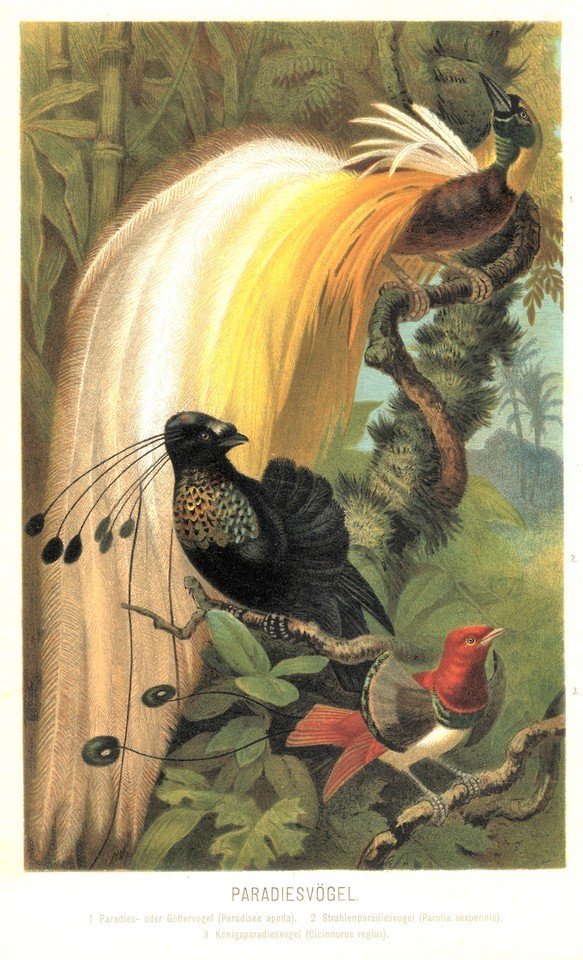
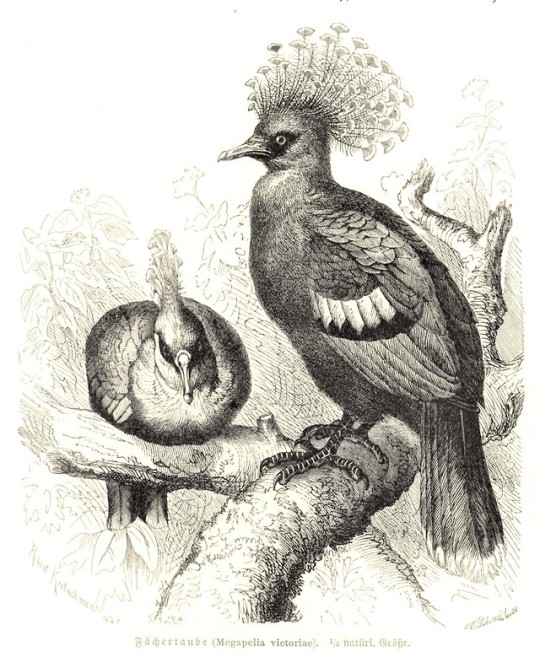
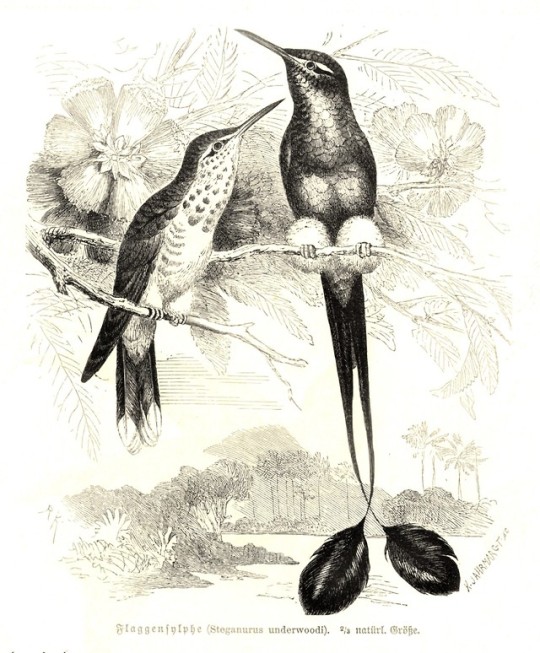
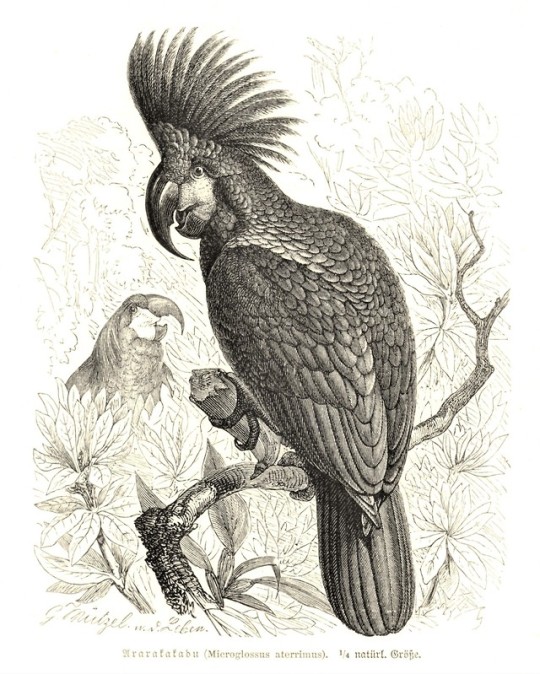
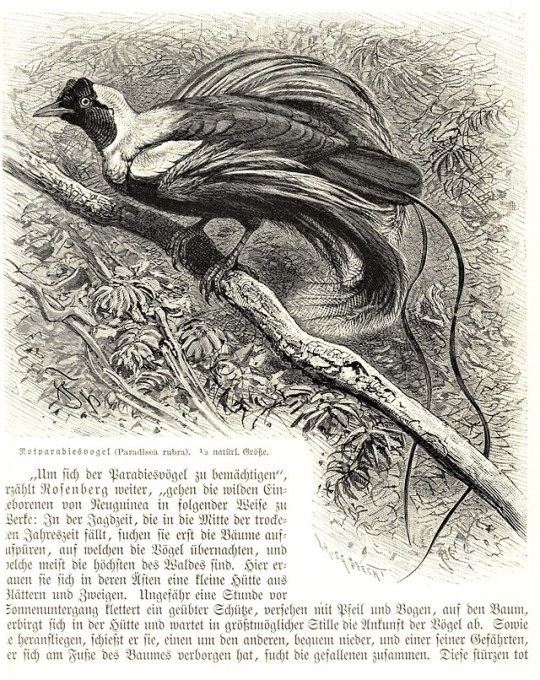


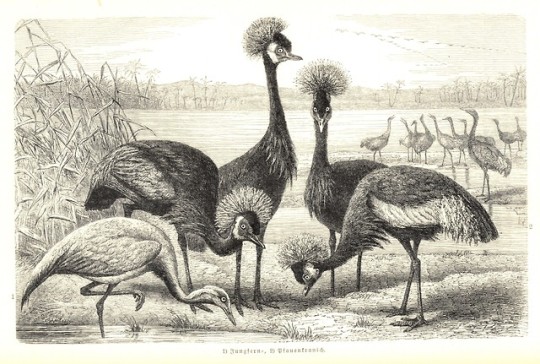
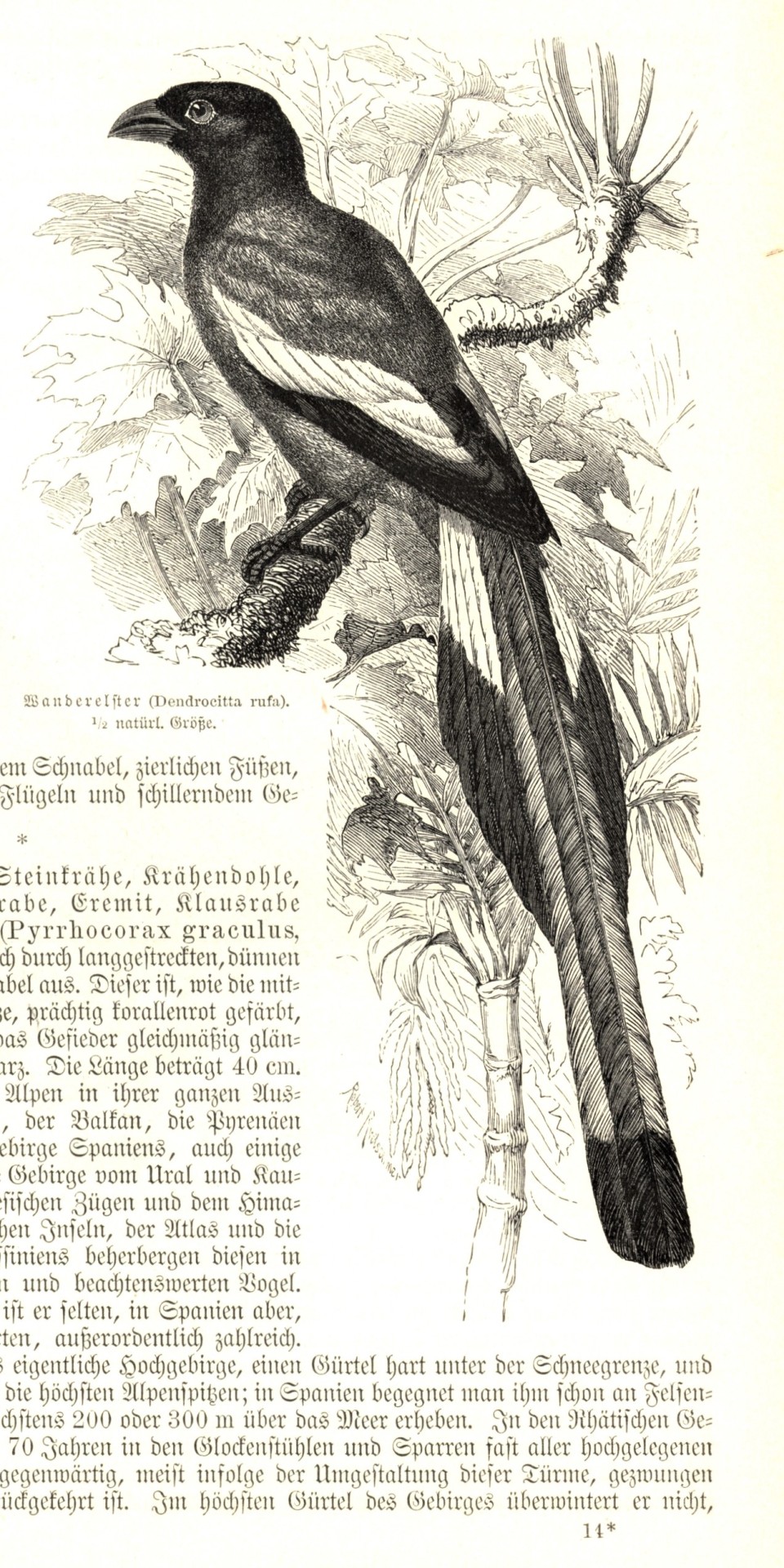

A Few Fancy Feathers for Feathursday
Here are some fancy-feathered fellows from volume two of the second edition, newly revised by Richard Schmidtlein, of Brehms Thierleben published in Leipzig and Vienna by Bibliographisches Institut in 1900. The chromolithograph of the Birds of Paradise is the only color image in this volume and serves as the frontispiece. The wood engravings were made from illustrations by naturalist artists Robert Kretschmer, Wilhelm Kuhnert, Gustav Mützel, and Friedrich Specht, From top to bottom we have:
Birds of Paradise: Greater Bird-of-Paradise (Paradisaea apoda) Six-Plummed Bird-of-Paradise (Genus Parotia) King Bird-of-Paradise (Cicinnurus regius) Victoria Crowned Pigeon (Goura victoria) White-booted Racket-tail (Ocreatus underwoodii) Palm Cockatoo (Probosciger aterrimus) Red Bird-of-Paradise (Paradisaea rubra) Pennant-winged Nightjar (Caprimulgus vexillarius) Black Sicklebill (Epimachus fastosus) Crowned Cranes (Genus Balearica) Rufous Treepie (Dendrocitta vagabunda) Indian Peafowl (Pavo cristatus)
View more posts from other editions of Brehms Thierleben.
View more Feathursday posts.
#Feathursday#fancy feathers#Brehms Thierleben#Richard Schmidtlein#Bibliographisches Institut#Robert Kretschmer#Wilhelm Kuhnert#Gustav Mützel#Friedrich Specht#birds of paradise#pidgeons#hummingbirds#cockatoos#nightjars#cranes#treepies#peacocks#wood engravings#chromolithographs#Yay chromoliths!#birds#birbs!
70 notes
·
View notes
Photo

Racket-tailed Treepie (Crypsirina temia) - photo by Gary Kinard
161 notes
·
View notes
Photo
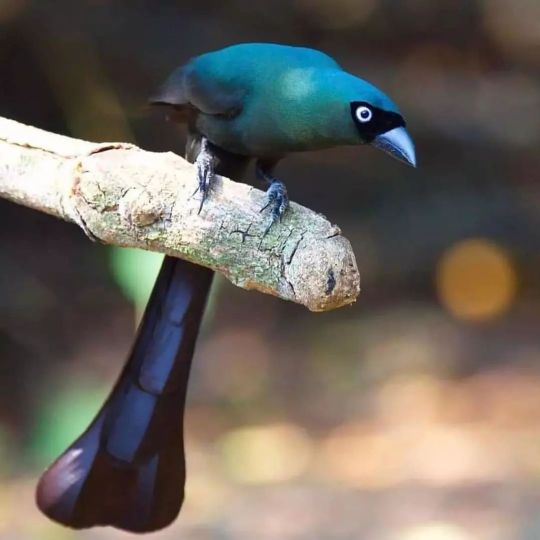
Racket tail Treepie #TheReflection https://www.instagram.com/p/ChfGjRHLP6_/?igshid=NGJjMDIxMWI=
0 notes
